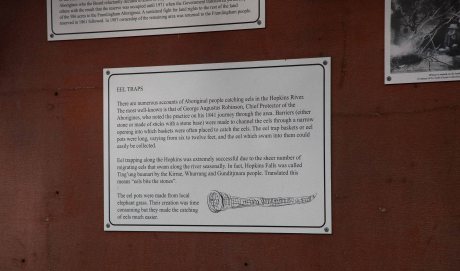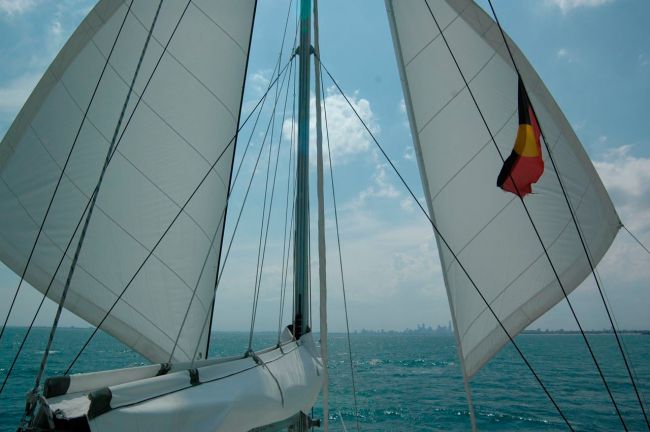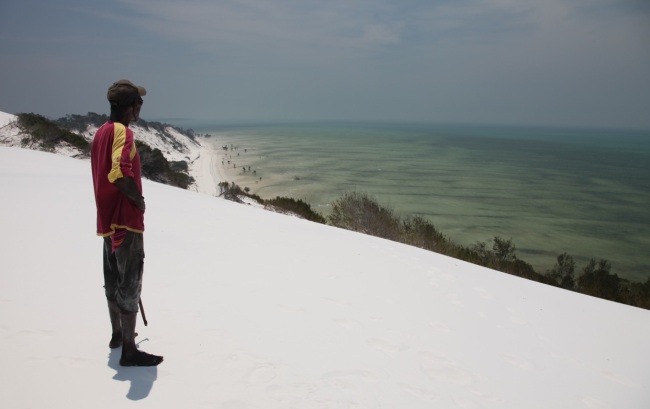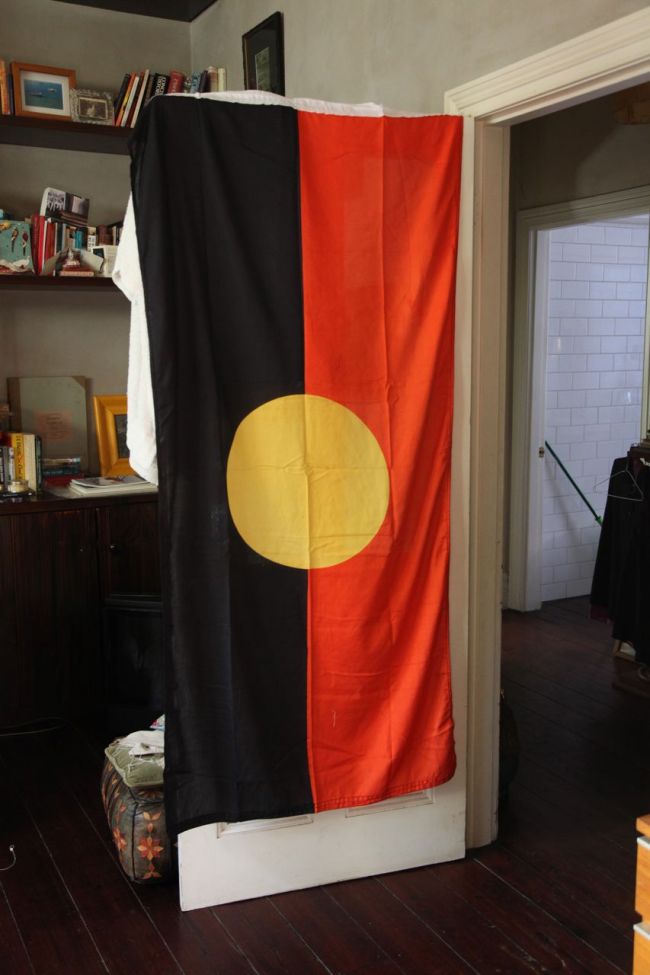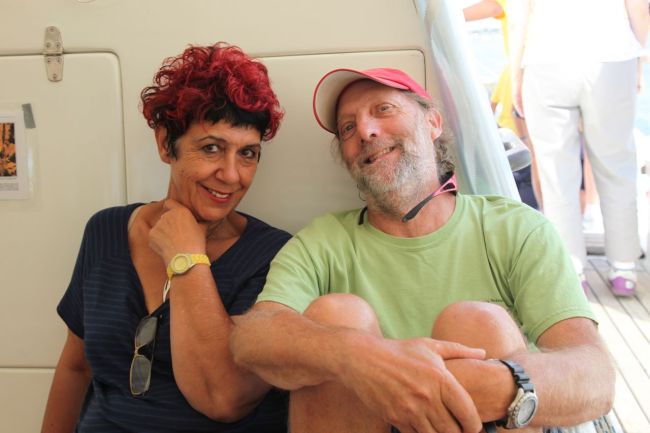Image by Narelle Perroux
Join us on board for Whale Watching in October, 2014
Bermagui is S.V. Pelican1’s home base, and during October we are offering an unmissable opportunity to sail with us in search of the humpback whale on its southern migration. Spend 3 blissful hours sailing the pristine Sapphire Coast. Talk to the crew about their adventures and their whale research work, or just kick back on deck and enjoy.
When
Daily 10 am – 1 pm // Boarding 9.40 am.
Where
Departing from the long jetty in Bermagui Harbour
Cost
$60 per person // $50 per person concession, (2 adults/2 children), groups of 10 or more
Bookings
Essential – Contact Garry on 0425 727 553 // garry@svpelican.com.au
We are available for charter for large groups or special occasions.
What to Bring
Food and Drink – Morning Tea is Provided // Warm Clothing, sunscreen, hat, shades etc // Wear soft, flat, non-marking shoes or bare feet.
Please Note
In case of bad weather, trips may be cancelled with full refund. Wherever possible trips will be made under full sail.
All proceeds support Pelican’s Environmental Work.
Photo: Sandy Scheltema



